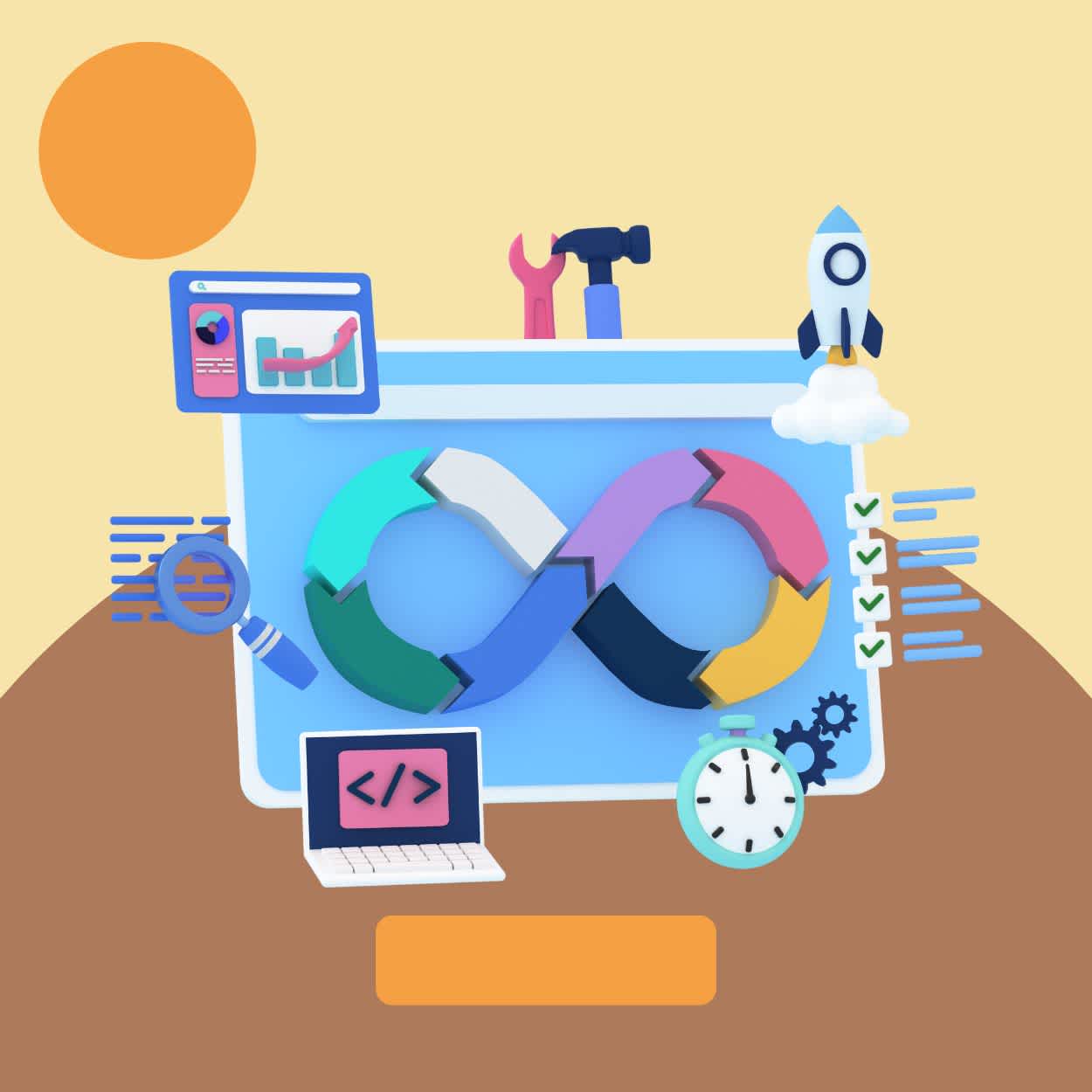How IT Monitoring Software Enhances Teamwork and IT Management
ByJulian Gette
Workast publisher

Workast publisher
Today's digital, fast-moving world demands more and more employment of best IT monitoring software as an indispensable aid in managing IT systems themselves, but also in building good teamwork among the staff of organizations. The solutions will be essential because IT infrastructures are increasingly complex, and resources have to deal with a number of critical activities: monitoring network performance to prevent downtime, real-time response to issues. Yet, it is not just about keeping the health of your systems up; IT monitoring tools play a great role in developing more collaborative working among the teams for better productivity and making sure that interdepartmental communications run smoothly.
By reaping the best IT monitoring software, organizations can make sure their IT teams will be enabled to do their job seamlessly: collaborate with others, proactively solve problems, and make decisions by the data that drives both performance and productivity. In this article, we look at how IT monitoring solutions enhance teamwork and effective IT management and provide an overview of how to select appropriate tools for your company.
IT Monitoring Software—What is it?
All IT monitoring software is created with the intent of assisting organizations in the monitoring of their IT infrastructure's health, performance, and security. This covers everything from network traffic to system performance and application functionality. The main goal of this IT monitoring software is to provide real-time data and alerts that allow the IT team to have a visibility of issues well in advance to resolve them before they become major ones and minimize system downtime.
In reality, though, the benefits are so much farther-reaching than that. To IT teams, monitoring software is one place where team members can share, collaborate, and act upon issues. Real-time insight lets different team members align their efforts toward better cooperation, making life so much easier at everything in general IT management. IT monitoring software will also offer a technical and managerial tool in today's workplaces that would definitely help in decision-making, smooth workflows, and productivity improvement in general.
IT Monitoring to Improve Teamwork IT monitoring tools are much more than just a source of data; they form a medium through which collaboration within IT teams can be significantly improved. Here's how they help foster better teamwork:
Centralized Dashboard for Collaboration Most IT monitoring software provides centralized management through consolidated dashboards, where many team members can share access to critical data in real-time. Whether it is a sudden spike in network traffic or an unusual system alert, the same information can be viewed at the same time by everybody in the team. In addition, this minimizes the risk of miscommunication and lets everyone be on the same page regarding the resolution of issues. it's crucial to build and manage effective project teams. Learn more about how to build and manage effective project teams in 2024, where you’ll find key strategies that align with the collaborative approach enabled by IT monitoring tools.
Real-Time Alerts and Communication One of the main features that any good IT monitoring tool should have is real-time alerts. These alerts are fairly indispensable to an IT team for them to immediately get up and start working on a problem. Instant notifications ensure team members communicate instantly with each other and coordinate their efforts in trying to solve the problem. Real-time alerts ensure common awareness for faster resolution, thus avoiding the risk of prolonged downtime.
Role Allocation and Activity Delegation Another great benefit of IT monitoring software is that it allows for role-based access and task delegation. Team members can be given specific areas in which they are responsible; this would be anything from network performance to server management to application health. This is one sure way of ensuring that tasks fall into the right hands, minimizing errors and enhancing efficiency. Defining clear roles within the software empowers better team cohesion: each member focuses on their portion of the pie while maintaining visibility of the big picture. For a broader perspective on how task management can revolutionize business operations, check out this article on 8 ways task management tools revolutionize business operations.
How IT Monitoring Tools Can Improve IT Management
While teamwork is important, the IT monitoring software itself plays an essential role in making IT management more effective. Good IT management is all about timely and correct data and being able to respond on time before issues can escalate. This is how IT monitoring tools enhance IT management practices:
Proactive Problem-Solving That way, IT teams can monitor the systems in real-time and handle problems before they become business-disruptive issues. IT monitoring software provides a warning well in advance when something is likely to go wrong, and with that, your teams can quickly take corrective action. Businesses just starting with IT monitoring can benefit from structured initiatives that align with their business needs. Learn more about how to start an IT monitoring initiative in Gartner’s guide here. A business can avoid the high-cost downtime associated with such vulnerabilities and inefficiencies through the early identification and hence assure a high level of productivity. The early diagnosis of this supports making IT management smooth and efficient rather than reactive.
Data-Driven Decision Making IT monitoring software provides an awful lot of very valuable data about network and system performance to an IT manager. Such data can be used to make informed decisions on things to do with infrastructure upgrades, resource allocation, and future investments. For example, if the software shows that a certain server is often strained, then IT management can use such data to justify the upgrade of such a server or redistribution of workloads. Data-driven decisions can be taken, which helps in optimizing resources, reducing waste, and aligning IT systems with the needs of the organization.
Performance Metrics and Reporting However, monitoring software also plays an important role in tracking the performance of the IT team itself. Many such tools feature reporting that allows managers to identify how well the team is taking care of issues, and the average time problems remain unresolved, in addition to where the inefficiency lies. This will set performance standards, and transparency within the work regulated by the team is ensured. This enables the IT manager to drill down into metrics in order to further refine processes of the team, set clear goals, and ensure that the IT department runs at maximum efficiency.
